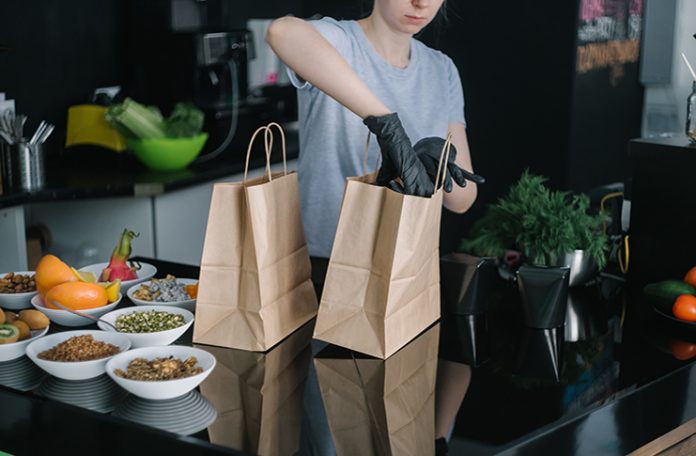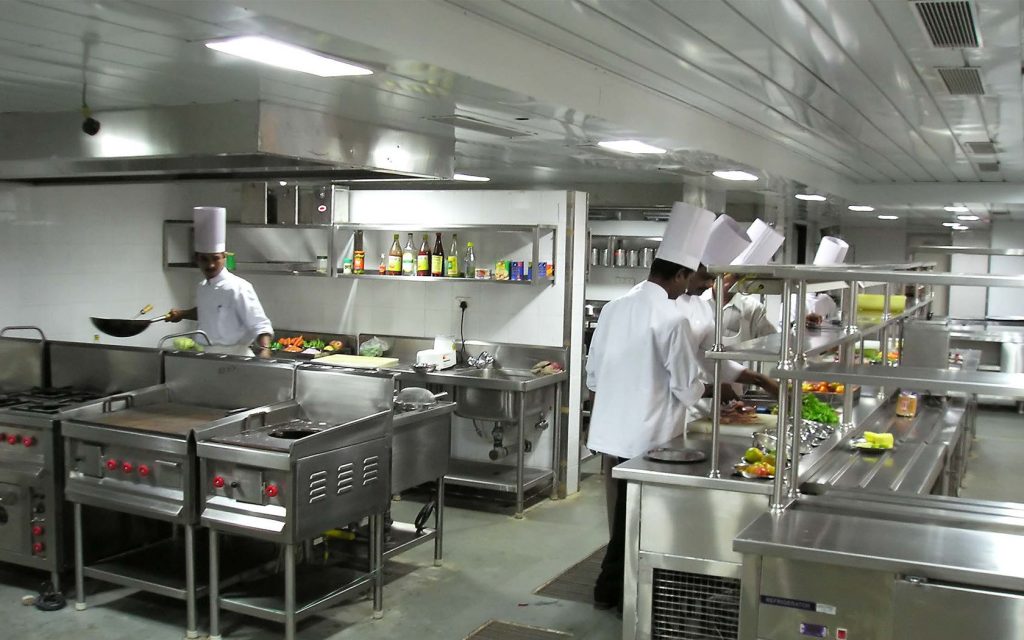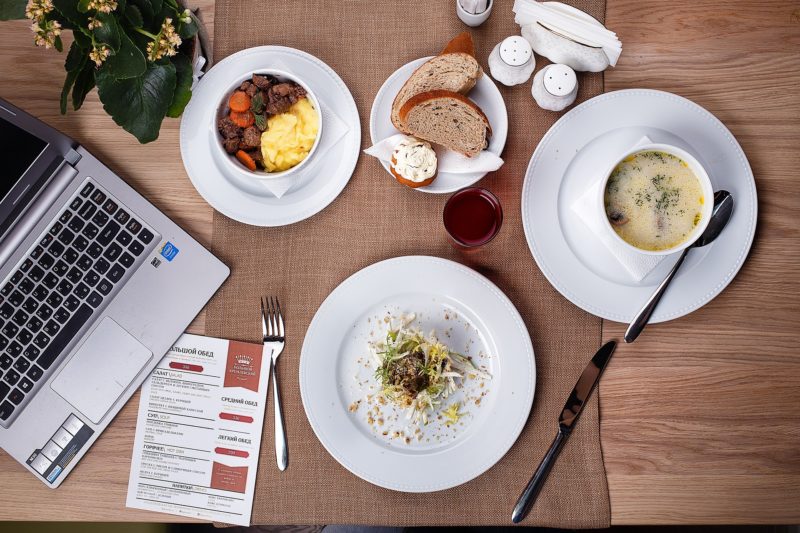India’s love for their favorite food be it Mughlai, South Indian, Kashmiri, Rajasthani, or Gujarati thali has continued despite the pandemic. Food has always been something that our social fabric has been woven around. Over the years dining in India has seen a gradual shift from occasional dining to convenience-based dining. The fact that restaurants are now operating at 70% of their pre-pandemic revenue, indicates how much we love to eat from our favorite restaurants. Renewed confidence and receding restrictions have brought customers back to restaurants, even as online delivery still remains the preferred option for a large number of people.
Key trends in the food delivery and online ordering post pandemic
1. Restaurants are increasingly exploring Direct to Consumer (D2C) Models
Delivery penetration was already gaining momentum before the pandemic. Now, a transformation that was projected to take years is happening in months. An interesting insight from PRIME (Posist Restaurant Industry & Market Evolution) India Report 2020 stated that 43 percent of orders are clocking via direct-to-consumer (D2C) channels. The majority i.e., 57 percent of orders still come from food aggregator platforms.
This hints that as food delivery proliferates, consumer behavior is changing and perhaps to the advantage of the restaurant operator. As consumers become more familiar with delivery and ordering online, they’re more likely to choose a direct channel to order from the brand.
Thinning margins have also compelled local restaurants to create their own websites or social media pages for online ordering. Though they continue to thrive on food aggregators to sustain their sales.
2. The emergence of Cloud Kitchen or Delivery Kitchens
Though the revenues are returning back quicker than expected, online delivery still continues to be a major part of the revenue for restaurants across India. According to our estimates, 60%- 65% revenue share is still coming from deliveries. As consumers still continue to stay indoors, restaurants will have to soon find a way to control their operating expenses such as rentals, electricity, and manpower costs. Cloud Kitchens or delivery only outlets is a viable option for restaurants to explore now.
On the back of their flexibility and scalability, cloud kitchens have swiftly paved the way for a new realm of online restaurants and new brands. Cloud Kitchen business model allows restaurateurs the flexibility to either expand an existing concept or curate a new virtual brand at minimal costs.
3. Hyperlocal targeting to make online ordering systems smarter and efficient
As the online ordering business model will become more stabilized in India, we will see brands and aggregators invest in hyper-targeting customers per delivery radius. This will help in addressing very specific demands for the demographics of each pin code in a city or a state.
Even within the same city, a delivery radius in a commercial area, student neighborhood, or a residential society will have different food needs. Addressing their unique food preferences will open ways for a smarter delivery system to be in place.
4. Technology will enable Indian restaurant chains to go global
The global cloud kitchen market, worth $43.1bn in 2019, is estimated to reach $71.4bn by 2027 according to a report by Allied Market Research. I believe India’s restaurant sector will be a good contributor to this growth as we are well-positioned to become the hotspot for startups in the cloud kitchen space.
As technology, delivery, and backend logistics capabilities are becoming stronger, we should be prepared to see Indian origin cloud kitchens, and virtual restaurants extending their geographic reach by 2022.
This article was originally published in the Times of India Blog on January 27, 2021.
Views expressed by Ashish Tulsian, CEO & Co-Founder, Posist Technologies.
(Find the link to the original article here)


















